If you’ve ever caught your cat staring at you with those mysterious, wise eyes, you’ve probably wondered what’s really going on inside their furry little head. Is your feline friend truly content, or are they quietly stressed? The signals are there, but they’re often hidden in plain sight—subtle gestures, tiny twitches, and soft sounds that can mean everything or nothing at all. Understanding your cat’s emotional stability isn’t just about guessing; it’s about learning their unique language. Let’s dive into the enchanting world of feline emotions and discover how to read the signs like a true cat whisperer.
The Language of the Tail
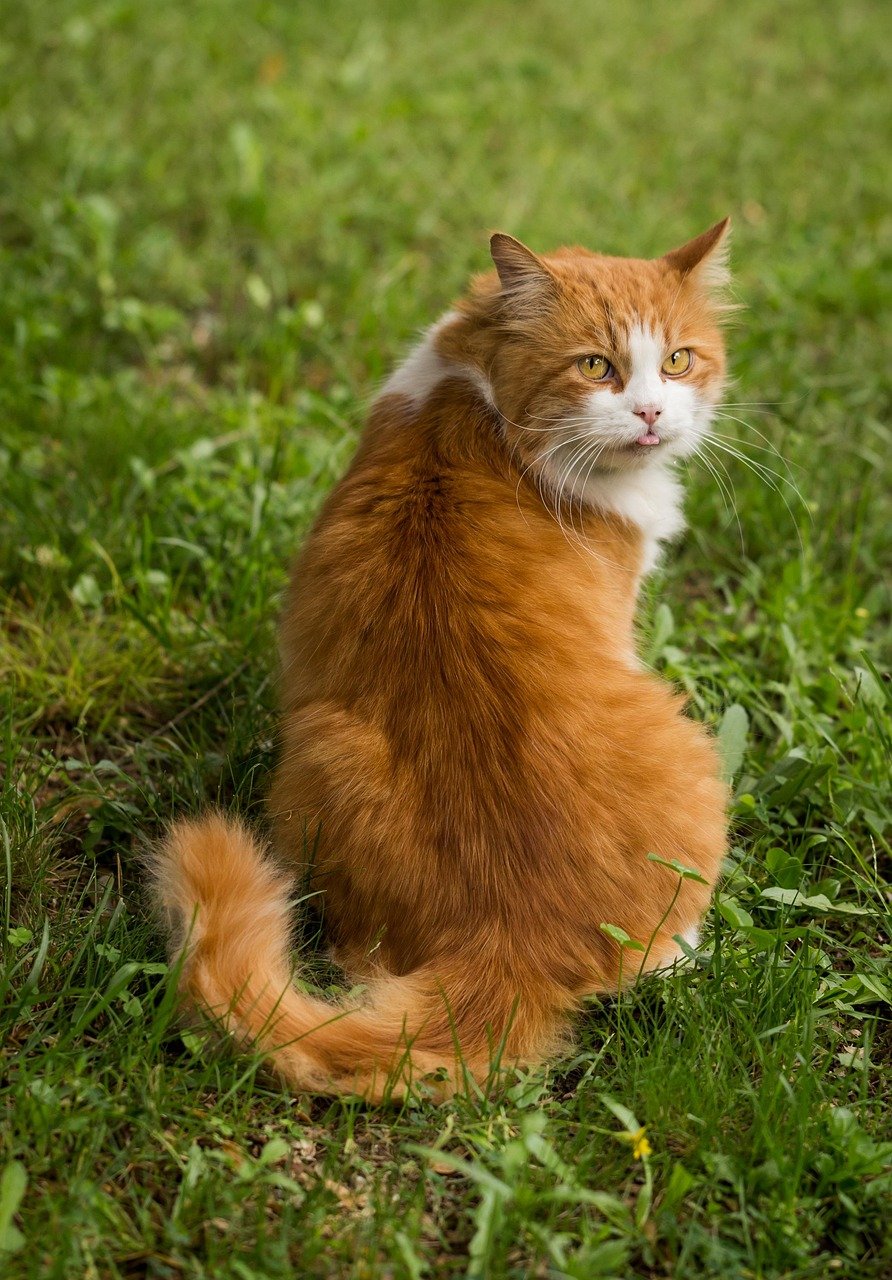
A cat’s tail is like a living mood ring. When your cat’s tail is held high and gently waving, it usually tells you that they’re feeling confident and at ease. However, a tail that’s puffed up like a bottle brush signals fear or high anxiety. If your cat tucks their tail tightly under their body, it’s a big red flag for stress or insecurity. Pay close attention to how the tail moves in different situations—a quick twitch at the tip might mean irritation, while a slow swish could show playful curiosity. Sometimes, a tail wrapped around your leg can be a feline hug, letting you know they trust you. Start watching your cat’s tail and you’ll find it’s a window right into their mood.
Ear Positions and What They Reveal
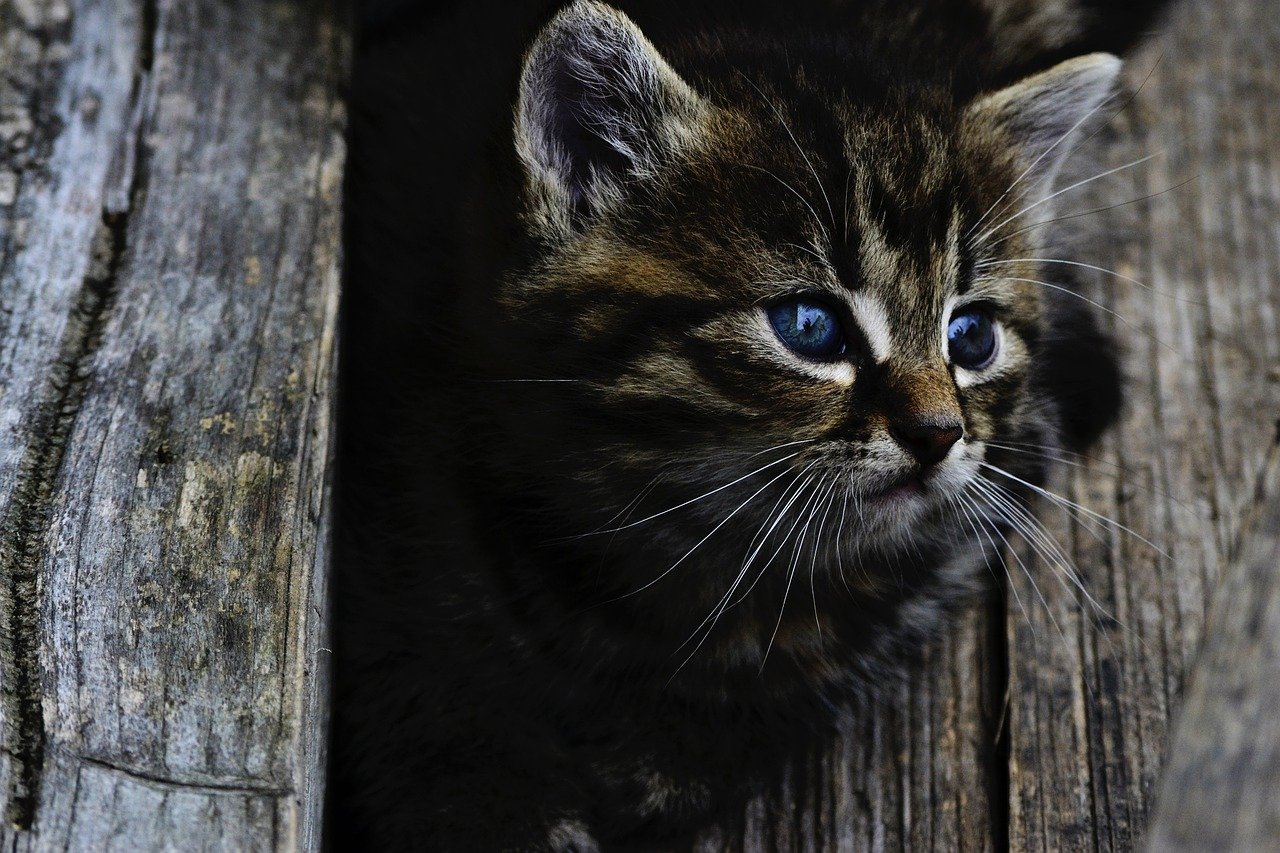
Ears are another powerful clue to your cat’s emotional world. Upright, forward-facing ears typically signal alertness and interest; your cat is probably feeling good and engaged. If the ears are flattened back against the head, that’s a sure sign of fear, anger, or extreme discomfort. Sometimes, you’ll see your cat swiveling their ears like tiny radar dishes; they’re likely assessing their environment for anything unusual. Ears that twitch frequently can mean your cat is overstimulated or anxious about something nearby. Notice if your cat’s ears suddenly change position during play or when guests arrive—this can give you real-time feedback about their emotional state. Ear language is subtle, but it’s worth learning.
The Power of Purring
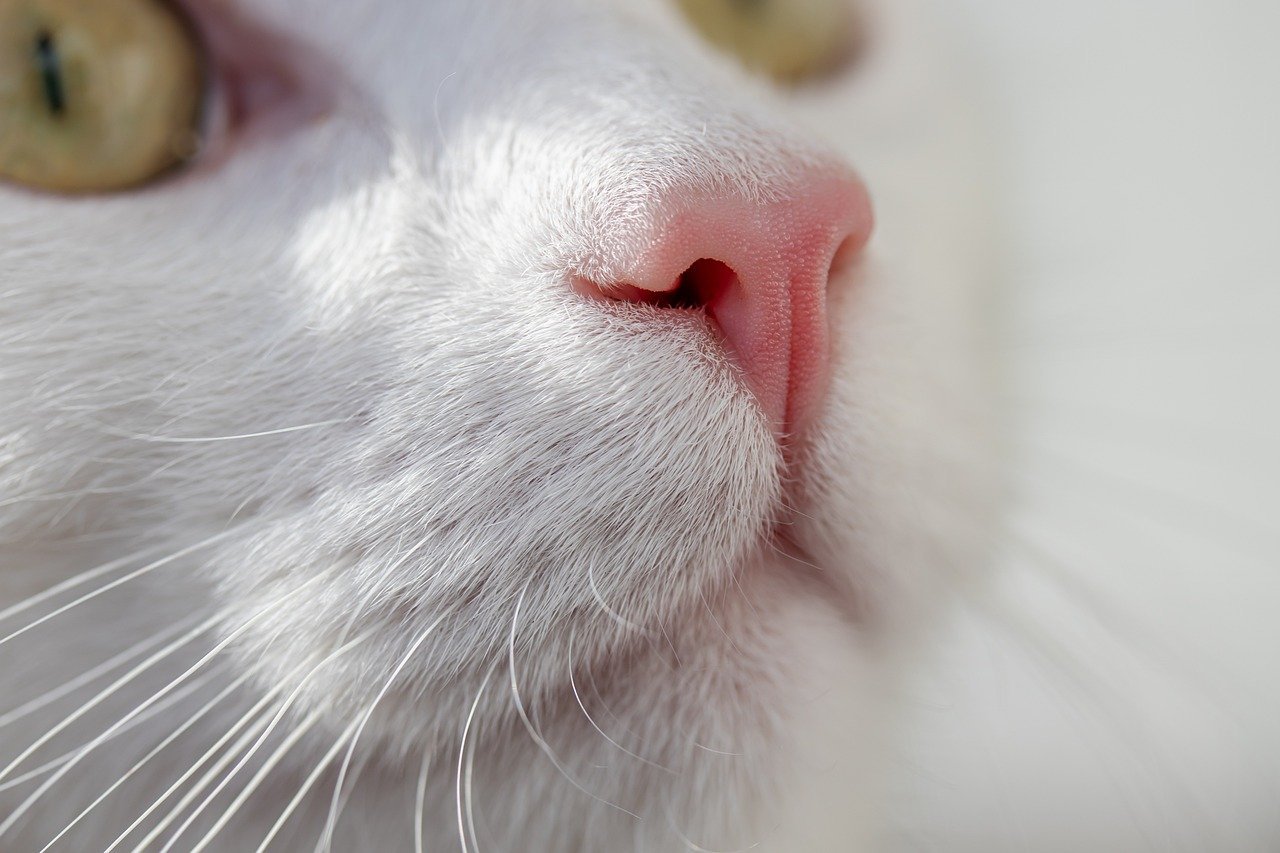
Who doesn’t love the soothing sound of a cat’s purr? But did you know that purring isn’t always a sign of happiness? While content cats often purr when they’re snuggling or being petted, some will also purr when they’re anxious, unwell, or even scared. Think of purring as a multi-purpose tool; it can soothe themselves, communicate comfort, or even be used to seek attention. If your cat is purring while hiding or showing other signs of distress, it’s time to look deeper. Compare the context: relaxed body, slow blinks, and soft purrs usually mean all is well. But a tense posture combined with purring signals something’s off. Pay attention to the whole picture.
Body Posture and Relaxation
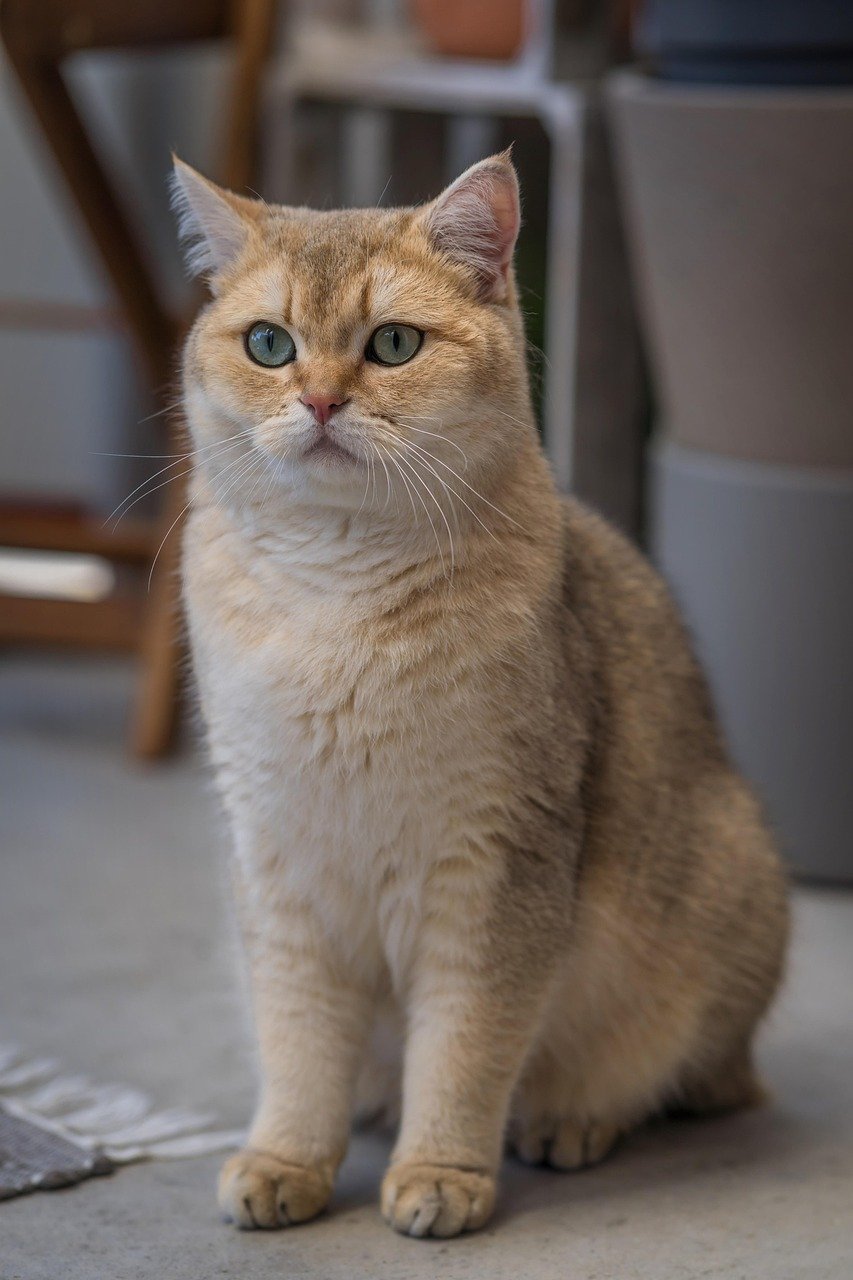
A relaxed cat is a happy cat. Look for loose, stretched-out poses—maybe even a belly on display, which is the ultimate sign of trust. If your cat sits upright with stiff legs or stays in a crouched position, they may be on high alert or feeling threatened. A cat who flops on their side in your presence is showing vulnerability and comfort. On the flip side, a cat that hunches or tenses their muscles is likely nervous or uneasy. Body posture often changes quickly, so it’s essential to watch for shifts during new experiences or after sudden noises. Their body is like a living mood board that changes with every emotion.
Eyes: The Windows to the Feline Soul
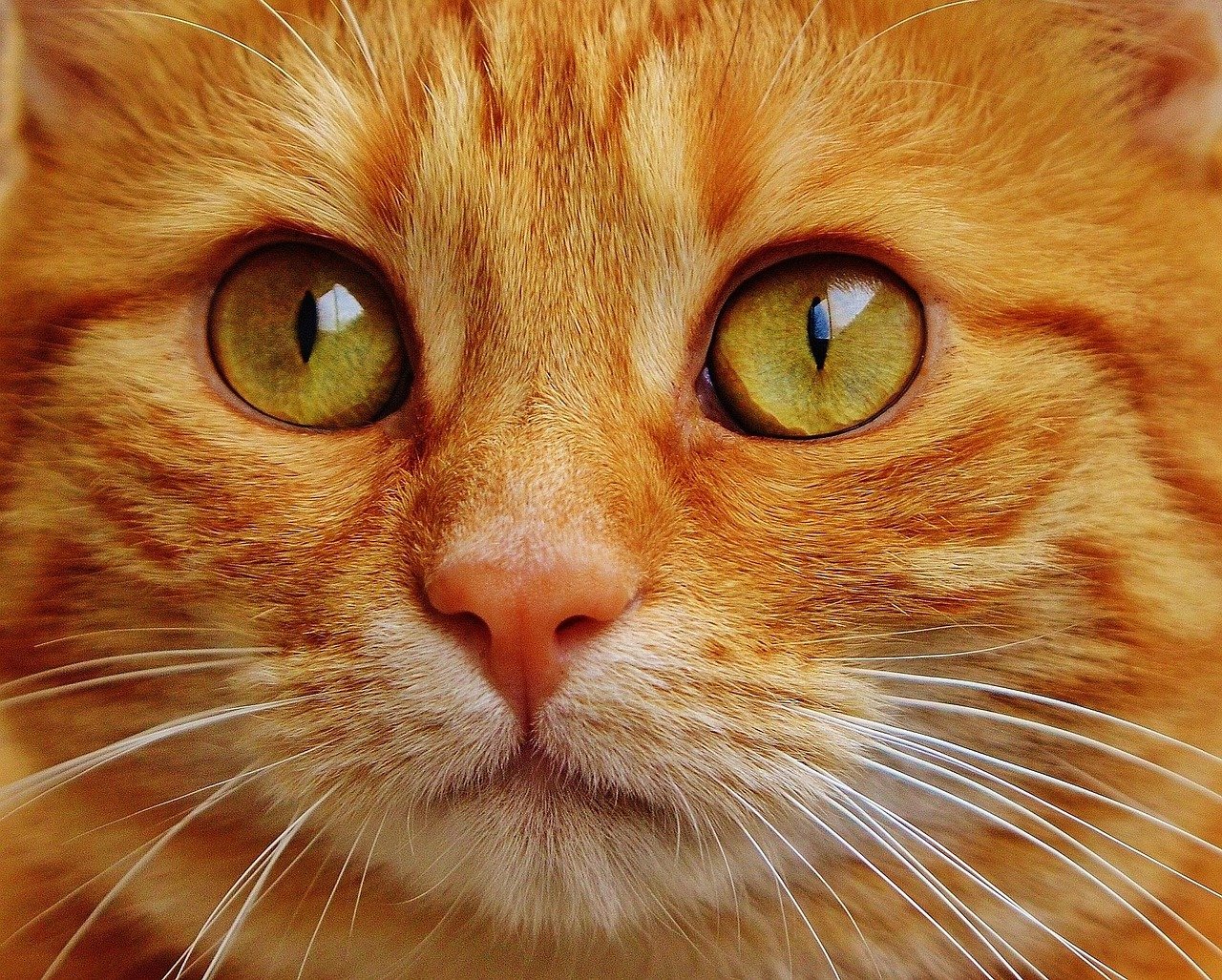
Cats communicate volumes with their eyes. Slow blinking at you is a feline “I love you”—it’s one of the clearest signs of trust and emotional stability. Wide, dilated pupils can mean excitement or fear, depending on the context. Narrowed eyes often signal irritation or distrust, while half-closed lids usually show relaxation and comfort. If your cat avoids eye contact, they may be feeling shy or nervous. On the other hand, direct, unblinking stares can be a sign of dominance or discomfort. Always consider what’s happening around your cat when you read their eyes—the same look can mean different things in different moments.
Vocalizations and Their Hidden Meanings
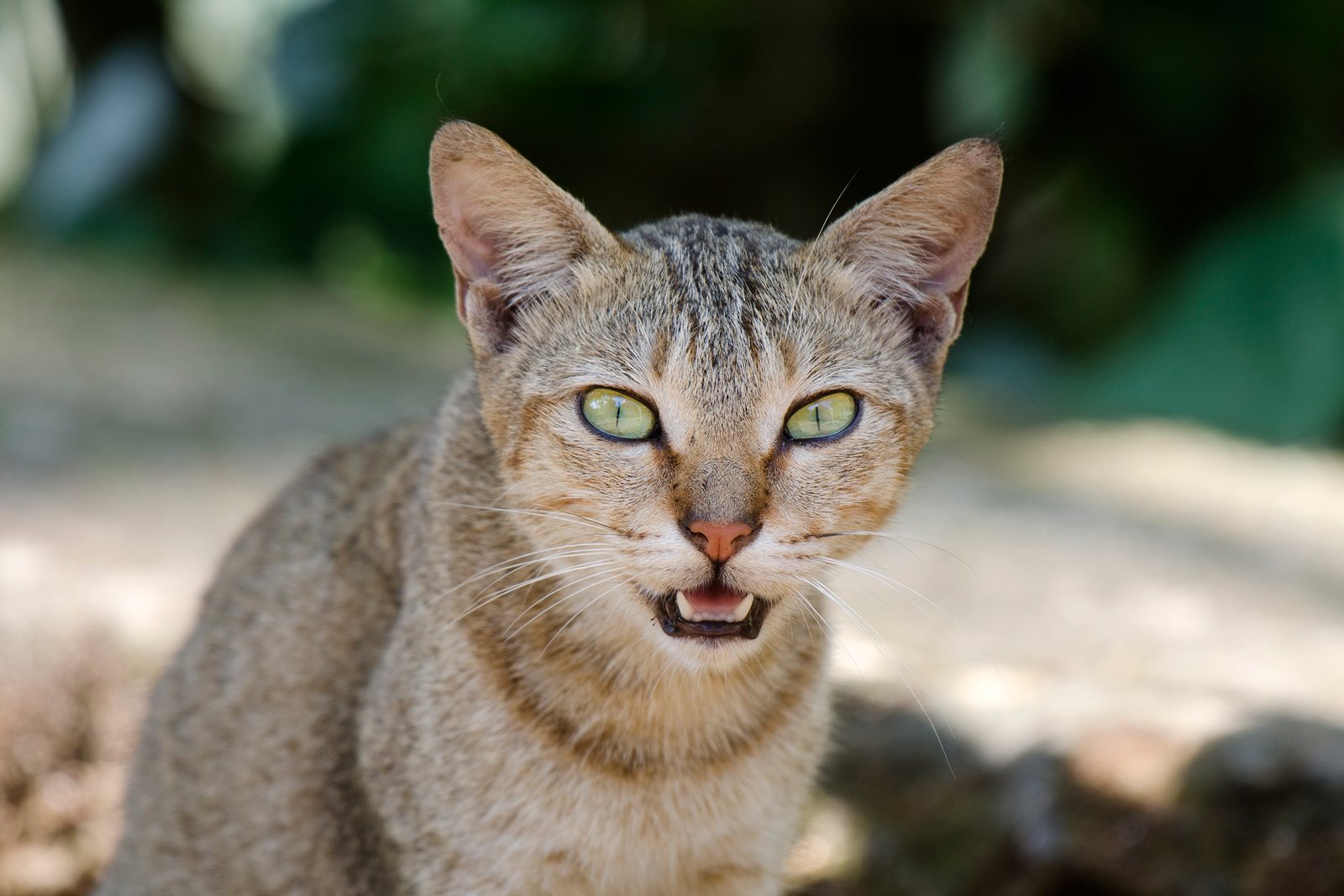
Meows, chirps, trills, and hisses—cats have a whole dictionary of sounds. A chatty cat that meows softly is often seeking attention or expressing contentment. Loud, insistent yowling might signal distress, pain, or even boredom. Trills and chirrups are usually positive, signaling excitement or a greeting. Hissing or growling is a clear “back off” message, indicating fear or aggression. Some cats are naturally more vocal than others, but changes in vocal patterns often point to shifts in emotional stability. If your usually quiet cat suddenly becomes talkative, or vice versa, it may be time to take notice.
Eating Habits and Emotional Health

Cats are creatures of habit, and changes in eating patterns can reveal emotional changes. A cat that suddenly loses interest in food may be feeling stressed, anxious, or unwell. Overeating can also be a sign of boredom or seeking comfort—a behavior some cats develop when left alone for long periods. Watch for signs like eating too quickly, guarding their food, or only eating when you’re present. Even subtle shifts, like ignoring treats they usually love, can be a clue that your cat’s emotional stability is off. Keeping a regular feeding schedule helps your cat feel secure and balanced.
Litter Box Clues

No one likes to talk about litter boxes, but they’re one of the best places to spot emotional issues. A cat that suddenly stops using the litter box may be experiencing stress, anxiety, or even a medical problem. Pay attention to where accidents happen—cats sometimes choose locations that smell like you or are out of sight, seeking comfort or privacy. If your cat is obsessively covering or scratching at the box, it may be a sign of nervousness. On the other hand, relaxed and regular use is a great sign of emotional stability. Cleanliness and routine are key to keeping litter box behavior on track.
Sleep Patterns and Security

Cats love to sleep, but where and how they sleep can tell you a lot about their emotional state. A cat that naps in the open or sprawls across your bed is feeling safe and confident. If your cat hides away to sleep or seems restless, they may be anxious or insecure. Frequent changes in sleeping spots can signal unease, especially if your cat suddenly avoids their favorite cozy place. Deep, twitchy sleep (with paws paddling or whiskers twitching) usually means they’re deeply relaxed. Sleep disruptions or excessive waking could point to underlying stress. Notice the subtle shifts in their sleep habits as a window into their heart.
Grooming: A Sign of Calm or Concern
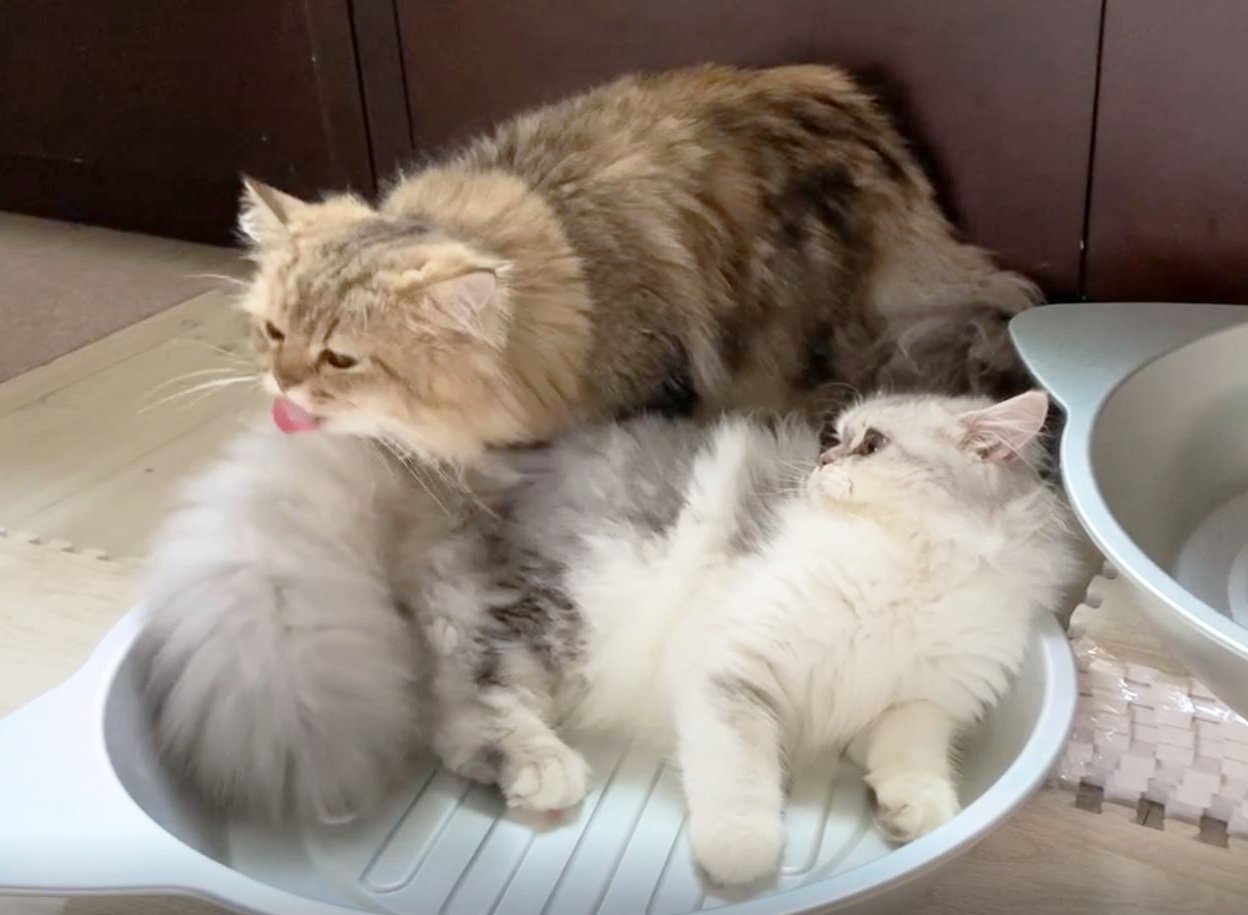
Grooming is more than just looking pretty—it’s a built-in stress relief tool for cats. Regular, thorough grooming is a good sign your cat feels secure and stable. Over-grooming, especially to the point of bald patches, can be a symptom of anxiety or emotional distress. Cats that stop grooming altogether may be depressed or physically unwell. Sometimes, a cat will groom another cat or even their human, which is a sign of social bonding and comfort. Watch for changes in grooming habits, as they often tell you how your cat feels on the inside.
Playfulness and Emotional Stability

A playful cat is generally a happy cat. Chasing toys, pouncing on shadows, or even playfully attacking your toes are all signs of a confident, emotionally stable feline. If your cat suddenly loses interest in play, it could be a sign of stress, illness, or emotional turmoil. On the flip side, frantic or obsessive play can sometimes point to boredom or pent-up energy. Every cat has a different play style, so knowing your cat’s “normal” is key. Schedule regular playtime to reinforce emotional wellbeing and strengthen your bond.
Bonding Behaviors and Affection
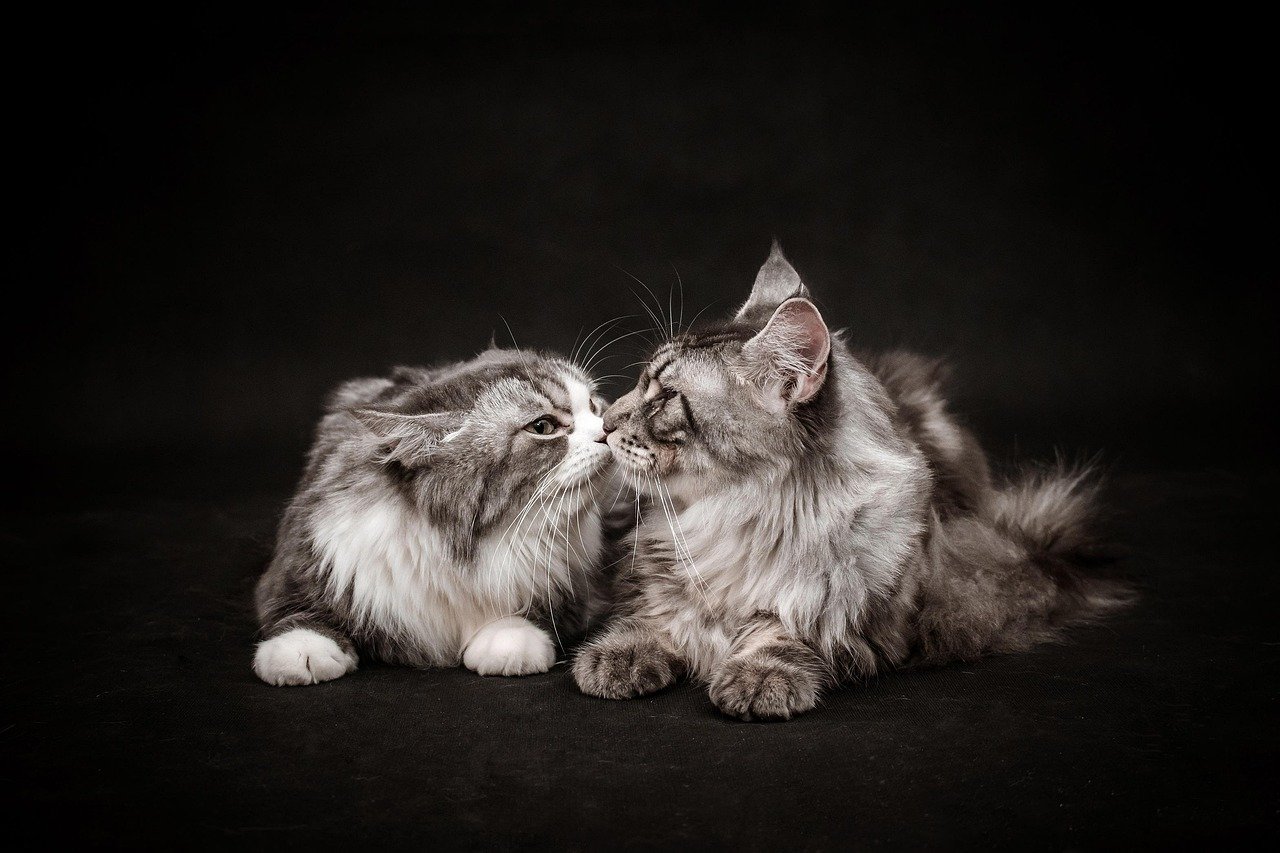
Cats show love in ways that are easy to miss. Head bunting, gentle kneading, and curling up on your lap all show trust and emotional stability. Some cats prefer to be near you but not touching—this “parallel affection” is just as meaningful. If your cat suddenly becomes distant or avoids contact, it may signal emotional discomfort. Conversely, a cat that becomes overly clingy could be seeking reassurance. Notice how your cat initiates contact and responds to your touch; these patterns offer a clear view into their emotional world.
Hiding and Withdrawal

Everyone needs a little alone time, but frequent or prolonged hiding can be a warning sign. If your cat suddenly disappears under beds or into closets, they may be feeling overwhelmed or threatened. Hiding is a natural coping mechanism for stress, but it shouldn’t be a daily routine. Cats might hide during thunderstorms, after a loud argument, or when visitors come over. If hiding is paired with changes in eating, grooming, or litter box habits, it’s time to look closer at what’s bothering them. Encourage your cat with gentle reassurance rather than forcing them out.
Interaction with Other Pets

How your cat interacts with other animals in the house is a big clue to their emotional health. Friendly nose touches, mutual grooming, or playful chasing are signs of a stable and confident cat. Aggressive swatting, hissing, or avoiding other pets can show insecurity or jealousy. If a new pet has arrived, your cat may need time to adjust—watch for gradual improvements rather than immediate harmony. Changes in household dynamics often affect your cat’s stability, so keep an eye on group behavior. Facilitating gentle introductions and offering separate safe spaces can support emotional balance.
Reaction to New Environments

Cats are creatures of habit, and new environments can throw them off balance. Some cats adapt quickly, exploring new spaces with curiosity and confidence. Others may cower, hide, or refuse to eat when faced with change. Moving to a new home, adding new furniture, or even rearranging their favorite chair can cause emotional disruption. Give your cat time to adjust, providing familiar objects and plenty of reassurance. Watch for signs of stress like hiding, excessive meowing, or loss of appetite in new situations. Your patience can make all the difference in their emotional adjustment.
Response to Human Emotions
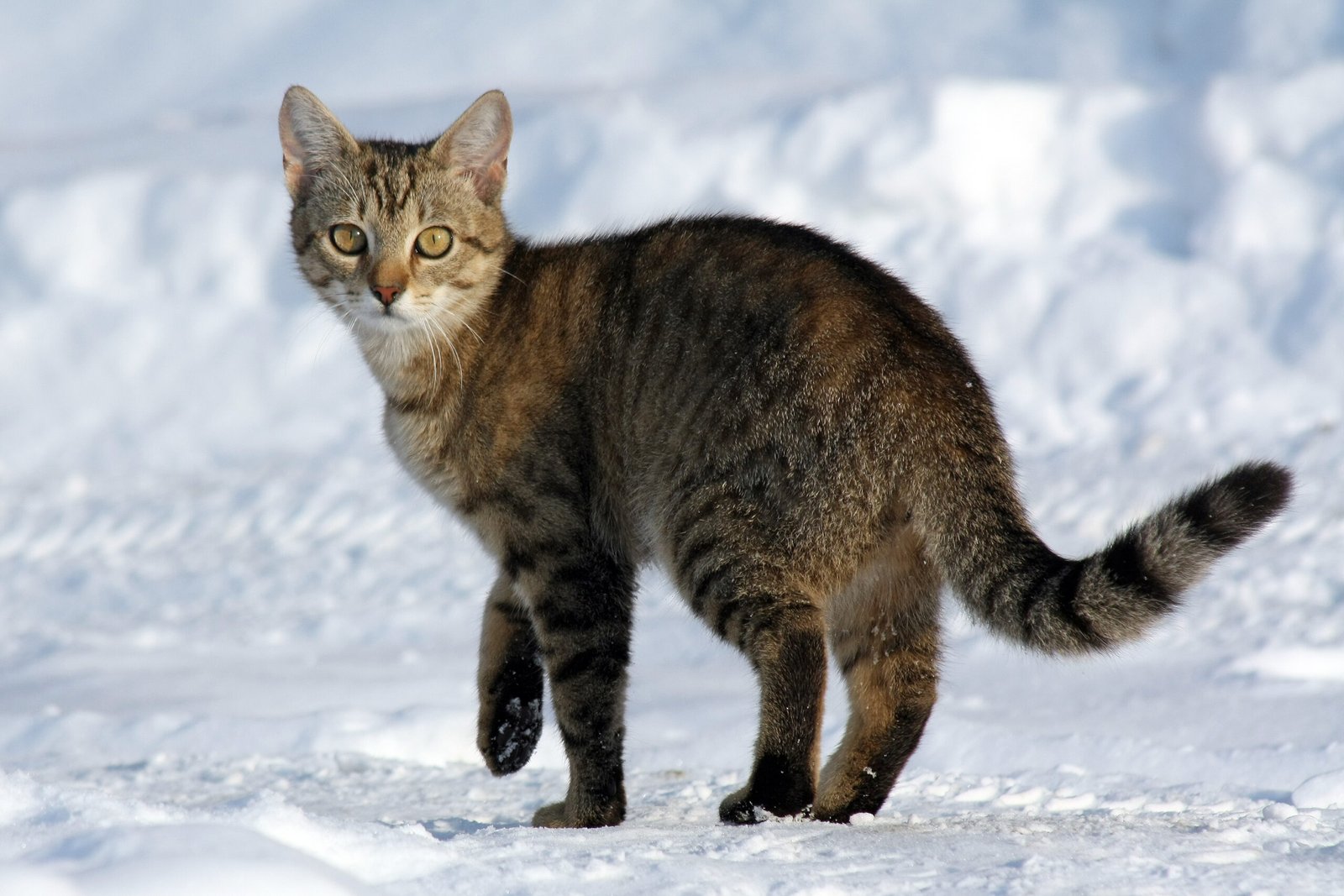
Believe it or not, cats pick up on your feelings. If you’re stressed, anxious, or upset, your cat may mirror those emotions by becoming withdrawn or clingy. Some cats act as furry therapists, snuggling close during tough times. Others may avoid you if your energy feels chaotic or unpredictable. Notice how your mood affects your cat’s behavior—they’re more empathetic than we often realize. By maintaining a calm, consistent environment, you help reinforce your cat’s own emotional stability. It’s a two-way street, and your connection matters more than you think.
Signs of Boredom or Restlessness
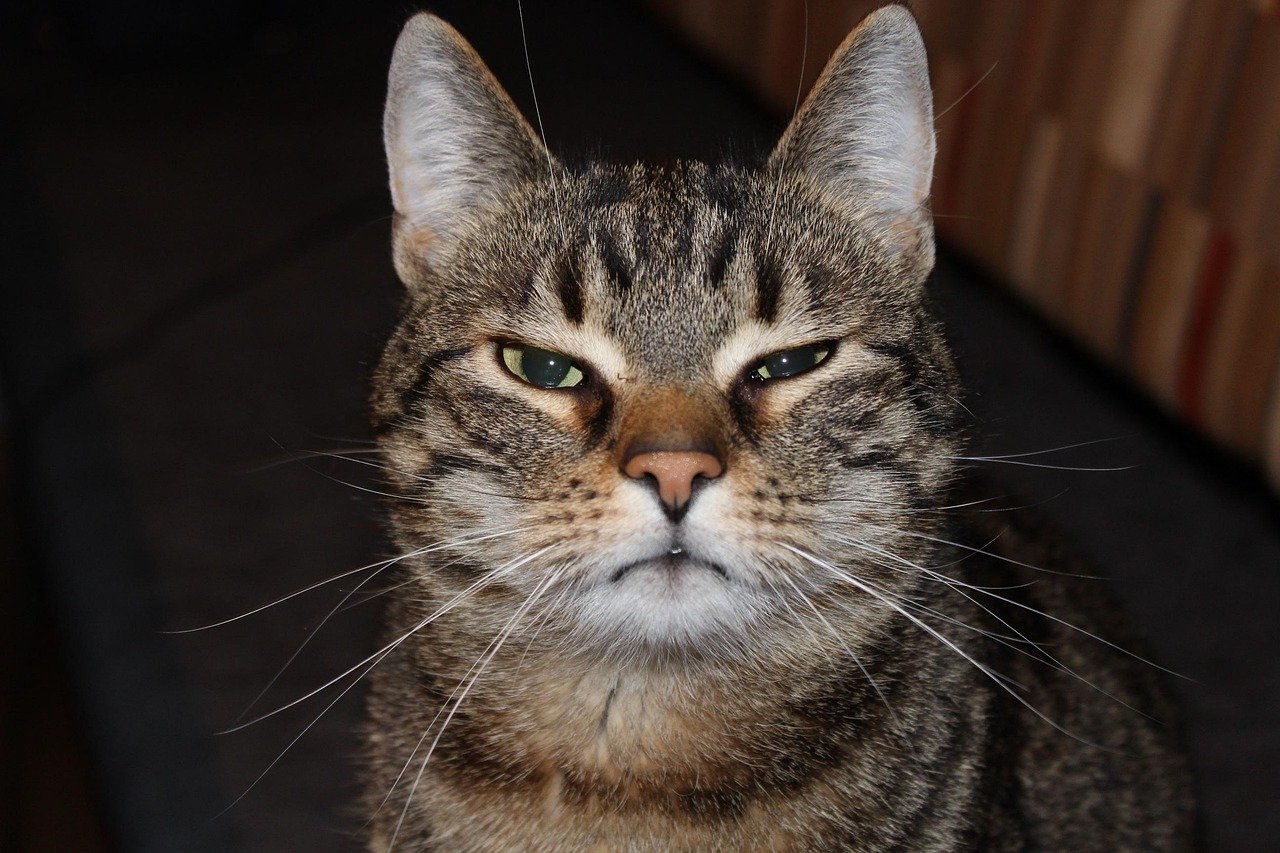
A bored cat can quickly become an unhappy cat. Signs of boredom include excessive vocalization, destructive scratching, or compulsive behaviors like over-grooming. Restless pacing or trying to escape out windows are other red flags. Cats need mental stimulation just like people—interactive toys, climbing trees, and puzzle feeders can work wonders. If your cat seems restless or frustrated, try introducing new forms of enrichment. A well-stimulated cat is more likely to feel emotionally balanced and satisfied.
Acceptance of Routine and Change

Cats thrive on routine, and sudden disruptions can shake their sense of security. Watch how your cat responds to changes in feeding times, new people, or altered schedules. A stable cat will adapt calmly, showing curiosity or mild interest. An emotionally unstable cat may become anxious, hide, or act out. Establishing predictable routines helps reinforce your cat’s sense of safety, while gradual introductions to change can reduce stress. Look for signs of resilience, like quick recovery from disruptions, as markers of emotional stability.
Physical Health and Emotional Wellbeing

Physical and emotional health are deeply connected in cats. Chronic pain, illness, or discomfort can cause shifts in behavior that mimic emotional instability. Lethargy, irritability, or sudden aggression may actually point to an underlying health issue. Schedule regular vet checkups and address medical problems promptly. When your cat feels good physically, their emotional world is more likely to stay balanced. Never ignore sudden changes in behavior—they’re often the first sign that something’s wrong.
Trust Building and Emotional Security

Trust is at the heart of every stable cat-human relationship. Building trust takes time, patience, and gentle consistency. Offer your hand for sniffing, let your cat approach at their own pace, and use treats or soft words to reward positive interactions. Never punish or yell; fear breaks trust and can create lasting emotional wounds. Over time, a trusted cat will seek out your company, respond to your voice, and show relaxed, affectionate behaviors. Trust is fragile but incredibly rewarding when earned.
The Role of Age and Personality
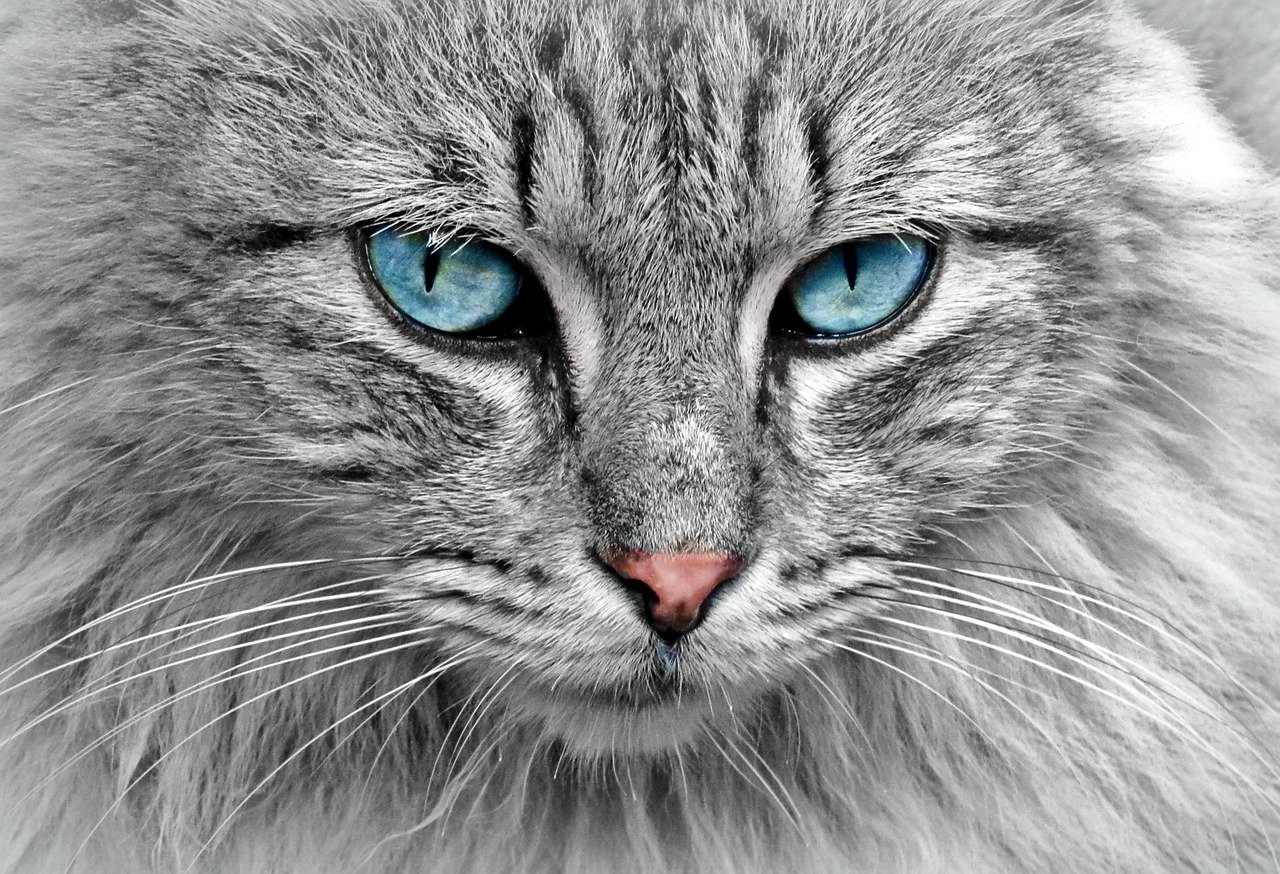
Every cat is unique, and age or personality plays a big role in emotional stability. Kittens may show more dramatic mood swings, while older cats often prefer routine and quiet. Some breeds are naturally more outgoing or laid-back, while others are shy or sensitive. Get to know your cat’s individual quirks and preferences. What calms one cat may unsettle another. By respecting your cat’s nature and adapting your approach, you can support their emotional health at every stage of life. Understanding your cat is a lifelong journey—one filled with surprises, joy, and a few head scratches along the way.
Hi, I’m Bola, a passionate writer and creative strategist with a knack for crafting compelling content that educates, inspires, and connects. Over the years, I’ve honed my skills across various writing fields, including content creation, copywriting, online course development, and video scriptwriting.
When I’m not at my desk, you’ll find me exploring new ideas, reading books, or brainstorming creative ways to solve challenges. I believe that words have the power to transform, and I’m here to help you leverage that power for success.
Thanks for stopping by, Keep coming to this website to checkout new articles form me. You’d always love it!




